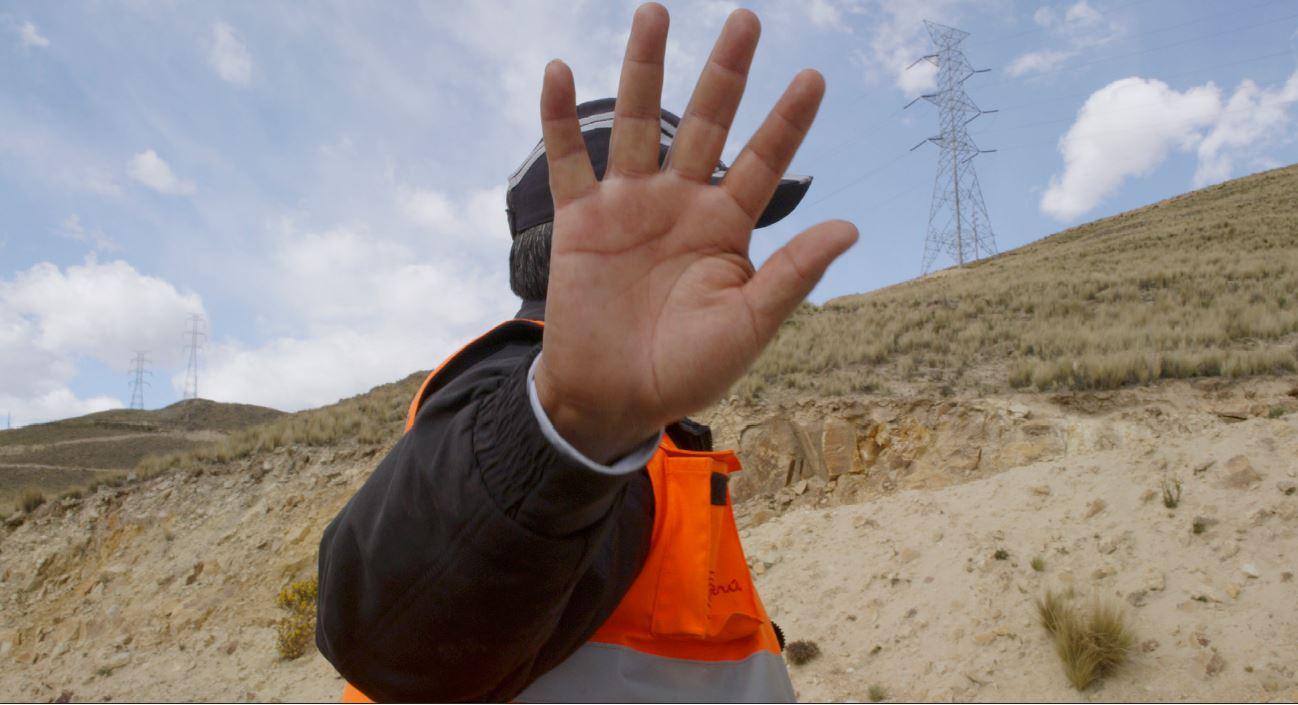Glencore’s near-death experience has made it a better business

In business, a near-debt experience can easily turn into a near-death one. A year ago, shareholders were slapping the pallid cheeks of commodities-and-mining group Glencore and beseeching: “Don’t go towards the light!”
On the evidence of interim results, Glencore has meandered back from the other side with only the odd angel feather clinging to its collar as evidence.
The Swiss group has made about $4 billion (CHF3.8 billion) in divestments, including a deal to sell gold output from an Aussie mine for more than A$880 million (CHF647 million). Net debt, which once stood at $29 billion, should fall to $17 billion by the year’s end. That will take the ratio of borrowings to earnings to below a 2:1 target. Dividends should resume next year.

More
Financial Times
External linkCritics say Glencore flatters its debt numbers by excluding inventory that may not be as readily saleable as it imagines. Even so, the business never risked bankruptcy in normal market conditions. The left-field peril was a panic. Last September the shares crashed 30% intraday after an analyst suggested they could expire worthless. If banks and insurers had taken fright too, a liquidity problem could have become a solvency crisis.
When investors first tackled chief executive Ivan Glasenberg about Glencore’s artery-clogging $29 billion debt pile, he replied as complacently as a 20-stone junk-food addict proud of cutting down to one pack of cigarettes a day. Since then, the hard-nosed billionaire has embraced his balance sheet diet as evangelically as a clean-eating guru.
It has been a quiet success for public market stewardship. Glencore was demonised as a commodities titan run by shady traders when it floated via an overpriced IPO in 2011. Some of its African mining deals have raised eyebrows. So has Mr Glasenberg’s tendency to slam “overproduction” by larger miners. But Glencore has been a more punctilious quoted business than pessimists expected.
As for Mr Glasenberg, there was little crowing from him about Glencore’s recovery, despite a 170% rebound in the shares. A net loss of $370 million reflected the $400 million cost of a failed coal-price hedge. Besides, a near-death experience tends to sober a man.
Copyright The Financial Times Limited 2016

In compliance with the JTI standards
More: SWI swissinfo.ch certified by the Journalism Trust Initiative













You can find an overview of ongoing debates with our journalists here . Please join us!
If you want to start a conversation about a topic raised in this article or want to report factual errors, email us at english@swissinfo.ch.